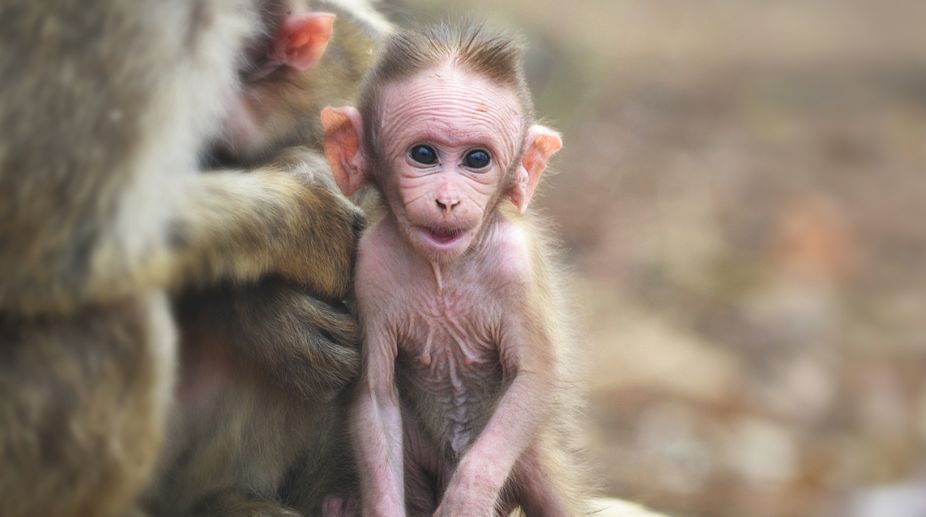Nature’s sting operation: Yellow fever unmasked
Yellow fever is a menacing disease which has caused the death of enormous numbers of people in the past.

Representational Image (Photo: Getty Images)
An international team of researchers has discovered in Kenya a rare fossil of an infant ape that lived 13 million years ago.
Nicknamed Alesi, the ape was just about one year and four months old when it died, scientists have determined. They found that many of the most informative parts of the skull are preserved inside the fossil, shedding light on how the common ancestor of all living apes and humans might have looked like.
Advertisement
It was spotted by Kenyan fossil hunter John Ekusi in 13 million-year-old rock layers in the Napudet area, west of Lake Turkana in northern Kenya, according to a study published in the journal Nature.
Advertisement
"Nyanzapithecus alesi was part of a group of primates that existed in Africa for over 10 million years," said lead author Isaiah Nengo of Stony Brook University-affiliated Turkana Basin Institute and De Anza College in the US.
"What the discovery of Alesi shows is that this group was close to the origin of living apes and humans and that this origin was African," Nengo said.
Among living primates, humans are most closely related to the apes, including chimpanzees, gorillas, orangutans and gibbons.
Our common ancestor with chimpanzees lived in Africa six to seven million years ago, and many spectacular fossil finds have revealed how humans evolved since then.
In contrast, little is known about the evolution of the common ancestors of living apes and humans before 10 million years ago. Relevant fossils are scarce, consisting mostly of isolated teeth and partial jaw bones.
The newly discovered ape fossil comes from a critical time period in the African past.
The fossil is the skull of an infant, and it is the most complete extinct ape skull known in the fossil record.
Many of the most informative parts of the skull are preserved inside the fossil, and to make these visible the team used an extremely sensitive form of 3D X-ray imaging.
"We were able to reveal the brain cavity, the inner ears and the unerupted adult teeth with their daily record of growth lines," Paul Tafforeau of the European Synchrotron Radiation Facility in Grenoble, France.
"The quality of our images was so good that we could establish from the teeth that the infant was about one year and four months old when it died," Tafforeau added.
The unerupted adult teeth inside the infant ape's skull also indicate that the specimen belonged to a new species, Nyanzapithecus alesi.
The species name is taken from the Turkana word for ancestor "apes".
Alesi's skull is about the size of a lemon, and with its notably small snout it looks most like a baby gibbon.
"This gives the initial impression that it is an extinct gibbon," said Chris Gilbert of Hunter College, New York.
"However, our analyses show that this appearance is not exclusively found in gibbons, and it evolved multiple times among extinct apes, monkeys, and thei
Advertisement